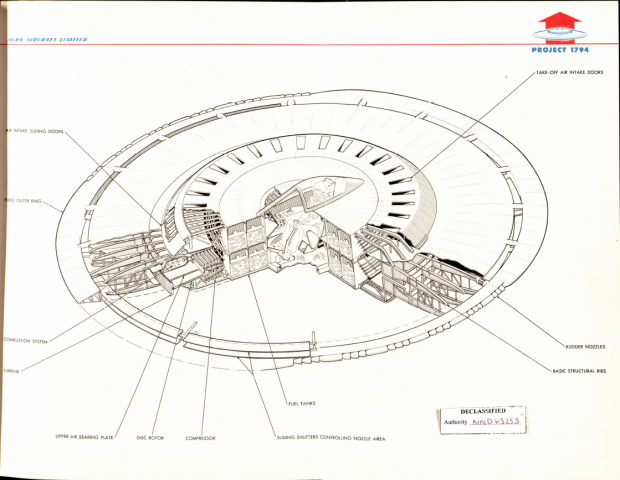Air France Flight 447 is the most puzzling crash since TWA Flight 800 because it just doesn’t make sense for the pilot to pull back and increase the angle of attack if they believed they were in a stall situation.
The NY Times reports:
The report offered an answer to a central puzzle: the consistent and aggressive “nose up” inputs by the pilot at the controls, which added to the loss of lift. Pilots are normally trained to point the nose of the aircraft down in a stall to regain speed.
The report said that the readings being gathered by the automated flight director — which uses cross hairs superimposed over an artificial horizon to indicate the required positioning of the plane — would have resulted in repeated calls for the plane’s nose to be lifted.
Popular Mechanic had a breakdown of the cockpit transcript a few months ago with this little tidbit:
02:11:03 (Bonin) Je suis en TOGA, hein?
I’m in TOGA, huh?
Bonin’s statement here offers a crucial window onto his reasoning. TOGA is an acronym for Take Off, Go Around. When a plane is taking off or aborting a landing—”going around”—it must gain both speed and altitude as efficiently as possible. At this critical phase of flight, pilots are trained to increase engine speed to the TOGA level and raise the nose to a certain pitch angle.
Clearly, here Bonin is trying to achieve the same effect: He wants to increase speed and to climb away from danger. But he is not at sea level; he is in the far thinner air of 37,500 feet. The engines generate less thrust here, and the wings generate less lift. Raising the nose to a certain angle of pitch does not result in the same angle of climb, but far less. Indeed, it can—and will—result in a descent.
Another seemingly valid explanation, though still puzzling that a pilot would try that at that altitude. Ultimately the end result was tragic:
By now the plane has returned to its initial altitude but is falling fast. With its nose pitched 15 degrees up, and a forward speed of 100 knots, it is descending at a rate of 10,000 feet per minute, at an angle of 41.5 degrees. It will maintain this attitude with little variation all the way to the sea. Though the pitot tubes are now fully functional, the forward airspeed is so low—below 60 knots—that the angle-of-attack inputs are no longer accepted as valid, and the stall-warning horn temporarily stops. This may give the pilots the impression that their situation is improving, when in fact it signals just the reverse.
So the final lesson is that they didn’t know how to fly the aircraft without the fancy computers, or at least forgot how to do so under pressure. Scary. Technology is great at assisting humans or replacing humans. However when ill equipped and prepared humans think they know better bad things can happen. This is why training is important.
This goes well beyond aviation. Knowing how/why things work, even when it’s computerized is important. Even more so when many lives are at stake.








